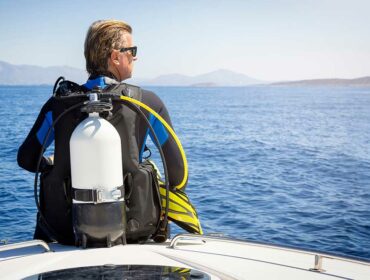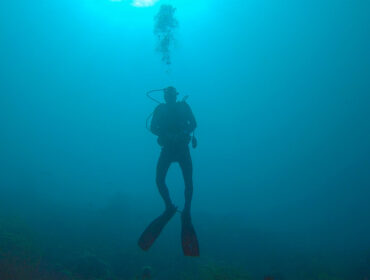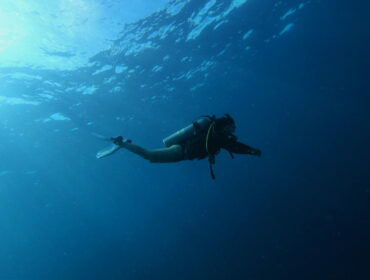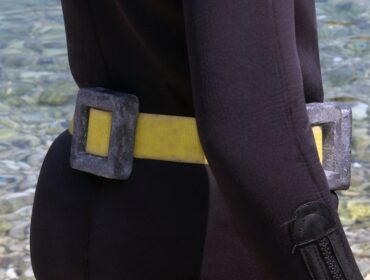One of the most important things to consider when SCUBA diving is buoyancy. It is effected by numerous factors such as air in your lungs, body weight, air in your tanks, type of diving suit, inflation level of a compensator device, and depth under the water. Managing these factors in a controlled manner is the key to an easy dive. With these tips, you’ll be able to master underwater buoyancy in the course of a few dives.
Being too light in the water allows it to lift you easily, making it difficult to remain on the bottom and potentially causing you to miss important decompression stops while ascending. Being too heavy forces you to work harder to move through the water and may cause you to descend uncontrollably into the reef, damaging it and injuring yourself.
The best way to learn how to manage the combined effects of all the factors is simply to practice. During SCUBA diving lessons and at the start of a dive, take a few deep breaths to see how much inflating your lungs lifts you in the water. By paying attention to how much filling your lungs changes the way the water suspends you, you can more easily adapt to changes in the pressure at deeper depths. After some time practicing, you will develop the skill to slightly adjust your depth by completely filling or emptying your lungs.
Breathing techniques are only one part of the equation for controlling buoyancy. Further adjustments can be made with adjustments to the buoyancy compensator device, or BCD. These adjustments should only be made in minor degrees. The BCD is meant to maintain a depth and should not be filled or emptied quickly to ascend or descend. Weights can be worn to assist with a descent and released to at the end of a dive for an easier ascent. It is important not to wear too many weights. Only add as many pounds as are necessary to slowly descend when the lungs and BCD are both emptied.
Spending time at the same depth will still cause changes in buoyancy. As you breathe, air is no longer in your SCUBA tanks. This decreases their weight and yours without changing how much water is being displaced. Considerations should be made for this difference when ascending to safety stops at the end of a dive.
Practicing these methods and techniques will cause them to become second nature when diving. While being aware of the effects, you can enjoy the beauty of the sea more without working hard to stay where you are.




